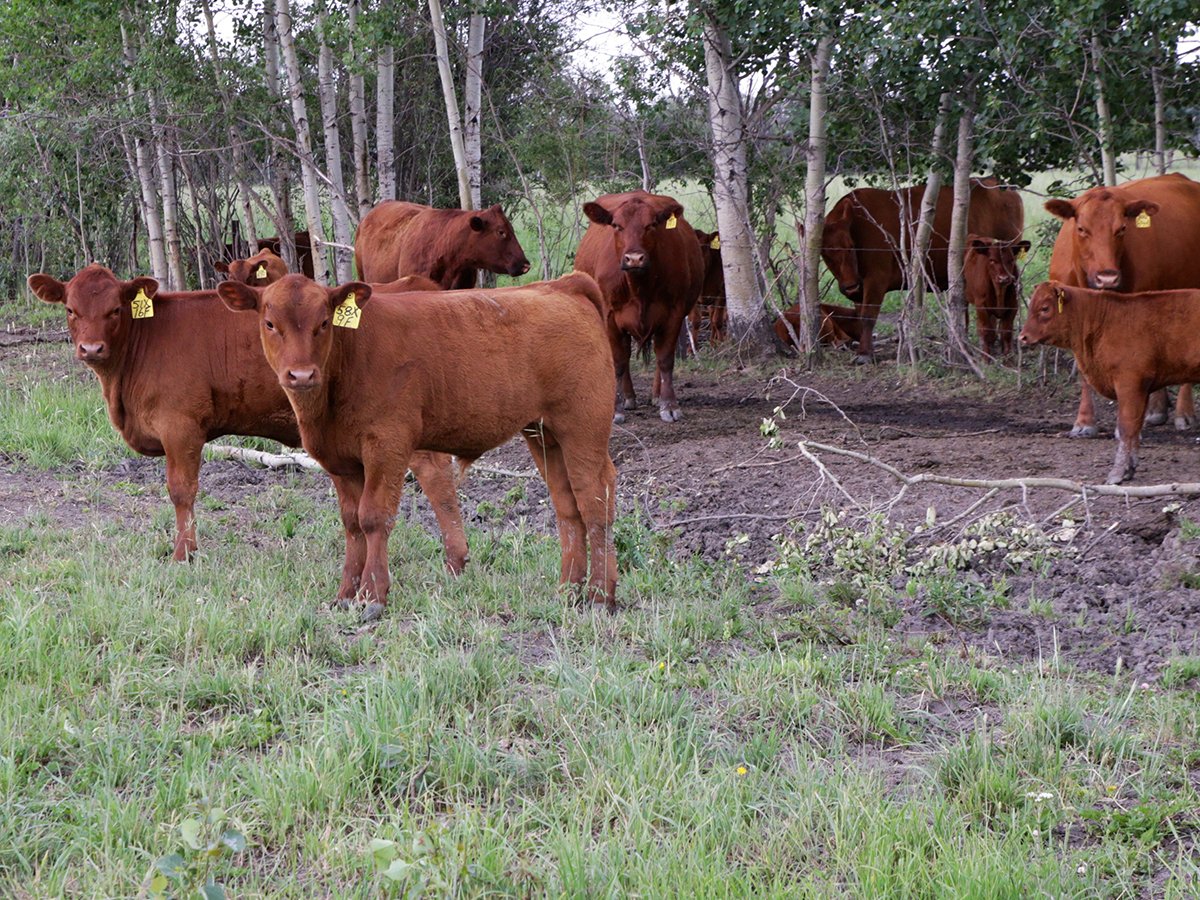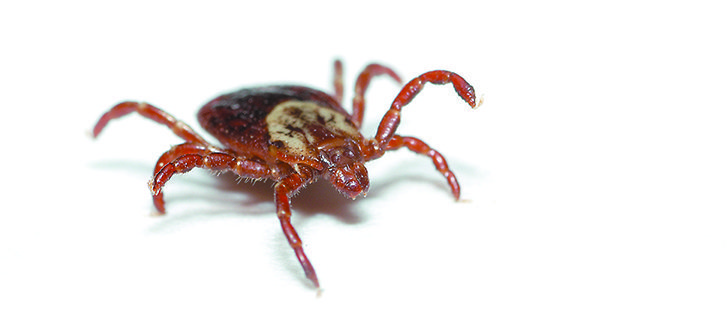A genetic link to cattle ticks’ resistance to pesticide has been discovered at the University of Glasgow.
For the last 10 years, scientists have been looking for a genetic link ex-pressing resistance to commonly used treatments against a form of tick that causes anemia, reduced growth and potential deaths.
The cost of tick-borne diseases is estimated to be $8 billion a year, said a university news release. Resistance to the insecticide amitraz is found in 20 percent of Australian tick populations and 50 percent of Mexican ticks.
Read Also

Feeder market continues the climb
For the week ending Aug. 30, Western Canadian feeder cattle markets traded $4-8 per hundredweight higher on average.
Resistance problems have not been reported in Western Canada.
Tim Lysyk, an entomologist with Agriculture Canada who studies ticks, said producers need to watch for three species in particular because they can cause serious disease such as paralysis, anemia and anaplasmosis.
The Rocky Mountain wood tick occurs on the Prairies and interior British Columbia.
“Numbers of that tick in the prairie region are not high enough to warrant treatment, but in the interior of British Columbia it is a serious problem because of its ability to cause paralysis and possibly death,” Lysyk said.
It is estimated that this tick, also known as the dermacentor andersoni, might cost B.C. cattle producers $2.5 million a year, with the number of cattle at risk ranging from 30,000 to 100,000.
The moose tick, or winter tick, and the American dog tick can spread anaplasmosis, a reportable blood disease in Canada.
People can contract Rocky Mountain spotted fever disease, tularemia and Colorado tick fever. All are rare conditions. However, these species do not spread Lyme disease.
The American dog tick seems to be expanding its range but is more common in western Saskatchewan and Manitoba.
The moose tick covers a wide range of territory and occasionally affects cattle. In the wild, thousands can attack a single moose. An infected animal will rub against trees in an attempt to remove the ticks, subsequently taking off a lot of hair and earning the nickname ghost moose.
Larvae attack the moose or elk in the fall and stay on the animal for the winter. Adults occur from January to the end of March or April. They feed heavily and cause emaciation or death.
“Moose can get populated so heavily with them, you can get dead moose in bad tick years,” he said.
People living in brushy areas may start to see these adult ticks around December or January.
“From January to April you might see winter ticks, but you will only see them right on the cows because it is a one host tick with a different life cycle from the others,” Lysyk said.
“There is very dodgy evidence that the winter wood tick is actually a vector of anaplasmosis.”
The Rocky Mountain wood tick and American dog tick are linked to spreading anaplasmosis.
“Ticks are very efficient at filtering the organism out of the blood. They can pick it up at any time in the infection of an animal,” he said.
The ticks become active once the snow is gone and the temperature is around 5 C. They appear on the grass and try to latch onto a host.
The Rocky Mountain tick could appear as early as February in the chinook belt, but in other parts of the Prairies they are active in spring with a peak in May.
They seem to be gone by the middle of July.
The mountain regions may have a shorter tick season.
Lysyk has been studying tick movement with funding from the Alberta Livestock and Meat Agency and the Beef Cattle Research Council. Tick larvae have six legs while adults are eight legged.
Recently published research shows that male ticks will move to other hosts, probably in search of mates or meals. They can pick up anaplasmosis from one cow, move to another, reattach, start feeding and spread disease.
“In cold weather, when cattle bunch together, that actually helps facilitate movement,” he said.
However, it is unusual for ticks to move pathogens around.
They normally feed only once per life stage.
The larvae pick up the pathogen in a rodent, carry it in the next life stage and pass on the disease.
- Anaplasmosis affects domestic and wild ruminants, including cattle, sheep, goats and deer.
- The disease-causing micro-organism infects and reproduces in the tick. The tick then transmits the micro-organism to other susceptible animals.
- There have been few outbreaks of anaplasmosis in Canada. The Canadian Food Inspection Agency reported six cases in 2011: five in Manitoba and one in Quebec. A case under investigation in Ontario was reported in August.
- There have also been outbreaks associated with D. andersoni in southern Saskatchewan in 1983 and 2008. Manitoba cases from 2008-2010 were likely from a different species.
















